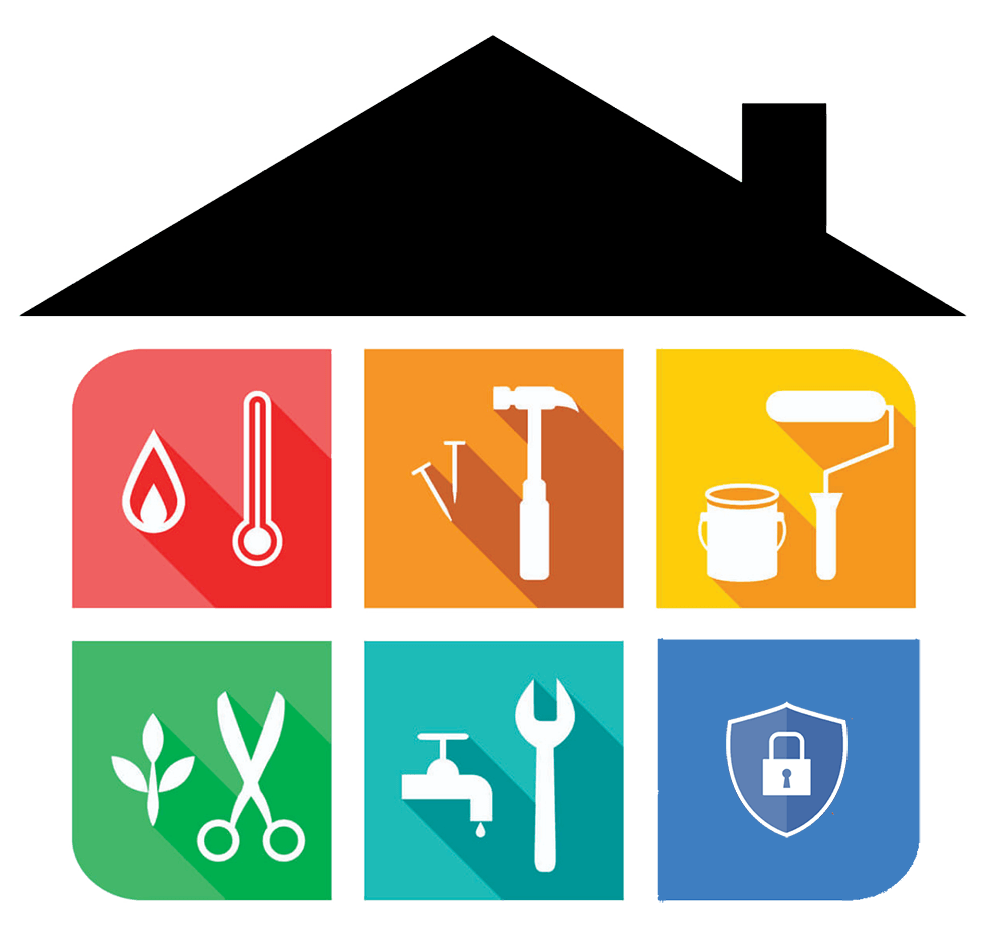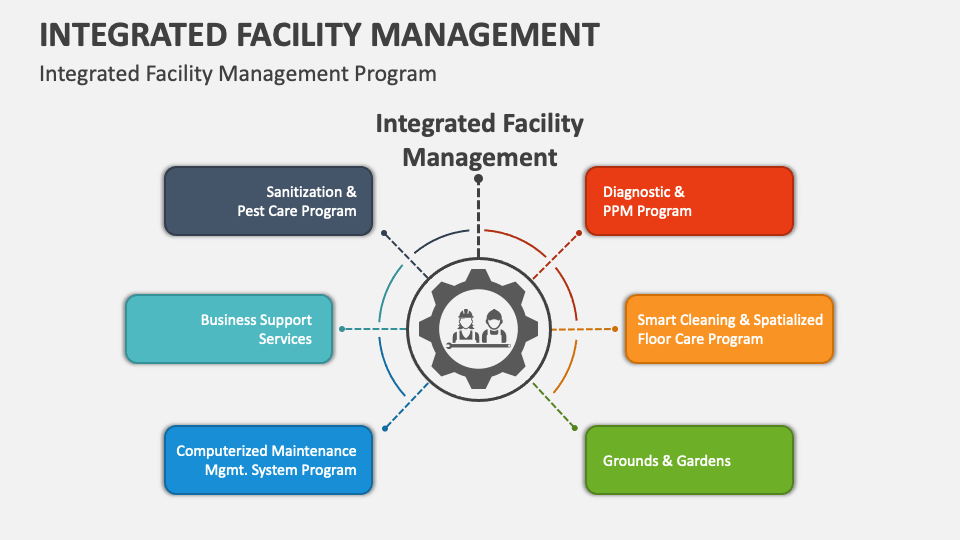Take Full Advantage Of Performance and Safety And Security: Best Practices in Facility Management
In today's quickly progressing landscape, optimizing effectiveness and security in facility management has actually ended up being an important focus for organizations striving to enhance functional efficiency. By integrating clever modern technology, focusing on maintenance protocols, and cultivating a society of safety, facility managers can significantly improve both efficiency and compliance. The challenge exists in successfully implementing these techniques while navigating the intricacies of contemporary workplaces. What details methods can be employed to make sure that these initiatives not just coexist yet also reinforce each other in a lasting way?
Embrace Smart Technology

Executing wise sensing units and automation systems enables precise tracking of environmental conditions, occupancy levels, and equipment performance. This data-driven method not only notifies decision-making however likewise sustains anticipating upkeep, lessening downtime and prolonging property life. Smart innovation improves individual experience by creating adaptive settings that react to the demands of passengers.
Incorporating clever systems additionally advertises sustainability efforts, such as energy-efficient lighting and heating and cooling systems, adding to reduced carbon footprints. By welcoming these innovations, center supervisors can make sure that their operations remain affordable, resistant, and lined up with contemporary sustainability objectives. Ultimately, the shift towards clever modern technology represents a transformative action in redefining center administration for a much more sustainable and reliable future.
Prioritize Routine Maintenance
Regular upkeep is important for guaranteeing the longevity and performance of facility operations. A well-structured upkeep program not just extends the life of tools and facilities but additionally minimizes the likelihood of unanticipated failings that can interfere with operations. By focusing on routine upkeep, facility supervisors can determine potential problems early, enabling for timely treatments that reduce pricey repair work and downtime.
Developing a routine upkeep schedule is crucial. This must include normal evaluations, maintenance, and needed repairs for all equipment, cooling and heating systems, plumbing, and electric systems. Making use of an electronic upkeep management system (CMMS) can enhance this procedure, offering monitoring and alerts for upcoming maintenance jobs.
Additionally, fostering a culture of responsibility amongst staff improves the performance of maintenance efforts. Educating personnel to identify and report maintenance concerns can result in positive management instead than reactive actions. Furthermore, documenting upkeep activities makes sure compliance with safety guidelines and supplies beneficial understandings for future planning.
Implement Safety Training Programs
A comprehensive safety training program is important for promoting a safe and secure workplace in any type of facility. Facility Management. Such programs outfit staff members with the expertise and abilities essential to determine dangers, apply safety and security protocols, and respond successfully in emergency situations. By focusing on security training, companies can dramatically minimize the danger of accidents and injuries, therefore boosting general efficiency
To execute an effective security training program, it is critical to customize the material to the certain demands of the facility and its operations. This includes performing an extensive risk assessment to determine prospective dangers distinct to the office. Training should include a range of subjects such as correct equipment use, emergency situation emptying treatments, and very first aid techniques.
Moreover, it is essential to engage employees proactively throughout training sessions. Utilizing real-life scenarios and hands-on presentations can enhance understanding and retention of safety and security methods. Regular refresher course training courses should likewise be scheduled to maintain safety and security understanding at the leading edge.
Optimize Space Utilization
Efficient area use is a critical element of facility monitoring that straight affects functional efficiency and cost-effectiveness. Organizations often have problem with underutilized or chock-full spaces, bring about ineffectiveness and increased expenses. To optimize room application, center supervisors ought to conduct normal evaluations to determine just how spaces are presently being utilized and where renovations can be made.
Implementing flexible work area styles, such as open workplace formats or modular furnishings, can considerably improve flexibility to altering requirements. Additionally, leveraging technology, such as space administration software application, can supply beneficial understandings into tenancy patterns and help identify underused locations.

Establish Clear Interaction Networks
Optimizing room usage commonly reveals the demand for robust communication strategies within a center. Clear interaction networks are vital for helping with efficient partnership amongst team, upkeep groups, and monitoring. By developing these channels, facility supervisors can ensure that details moves perfectly relating to area usage, operational adjustments, and safety procedures.
Executing a multi-faceted interaction approach-- incorporating digital platforms, such as emails and team cooperation devices, with in person interactions-- can significantly enhance engagement and information dissemination. Regular conferences should be arranged to review ongoing jobs, address concerns, and share updates. Additionally, creating a central information center, such as an intranet, allows workers to accessibility essential papers and announcements conveniently.
In addition, feedback systems are vital to determine the efficiency of interaction techniques. Urging staff to share their understandings can bring about renovations and promote a society of openness. Educating programs concentrated on interaction skills can get more info even more encourage employees to communicate information plainly and properly.
Inevitably, establishing clear communication networks not only optimizes effectiveness but likewise enhances safety and security by guaranteeing that every person is educated and aligned with the facility's functional objectives.

Conclusion
In conclusion, the assimilation of clever modern technology, routine maintenance, extensive security training, optimized room use, and efficient communication channels collectively improves effectiveness and safety and security in center management. These ideal practices offer as crucial parts for efficient center administration.
In today's rapidly evolving landscape, maximizing effectiveness and safety in center management has actually ended up being an essential focus for companies aiming website to boost operational performance. By integrating wise innovation, focusing on upkeep methods, and promoting a society of safety and security, center managers can considerably improve both efficiency and compliance.To execute an effective safety training program, it is essential to customize the web content to the particular requirements of the facility and its operations. By establishing these channels, facility supervisors can guarantee that details streams flawlessly relating to room usage, functional adjustments, and security protocols.
In conclusion, the combination of wise innovation, routine maintenance, thorough safety and security training, optimized room usage, and effective interaction networks jointly boosts effectiveness and security in center management. - Facility Management